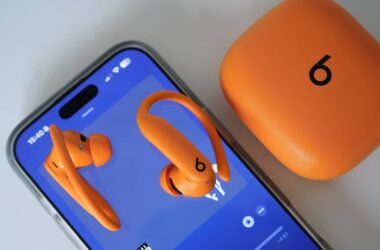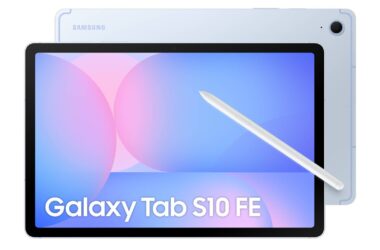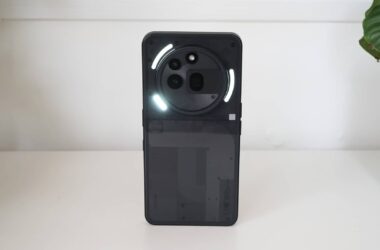Quick review
The good
The not-so-good
Nine years of Pixels, Google is ready with the latest: a polished, durable phone made for AI. Is the Pixel 9 Pro XL the year’s best Android?
The fight for the year’s best phone is on as we enter the final stretch of the year. That’s usually the time when we can expect mobile makers to ramp up with the best in tech, and right on schedule, they’ve done exactly that.
Google is one of the last handset makers this year with a new phone for us to check out, offering a few options in the Pixel 9 range. There’s the beginning of the range — the Pixel 9 — and then there’s the more premium offering.
Arriving with more cameras, more battery, and a bigger screen, the Pixel 9 Pro XL is just about the biggest and best you can get a Pixel this year without having the phone fold. Is that all there is to the Pixel 9 Pro XL, or is there more to it? What makes this phone tick, and is it worth owning?
Design
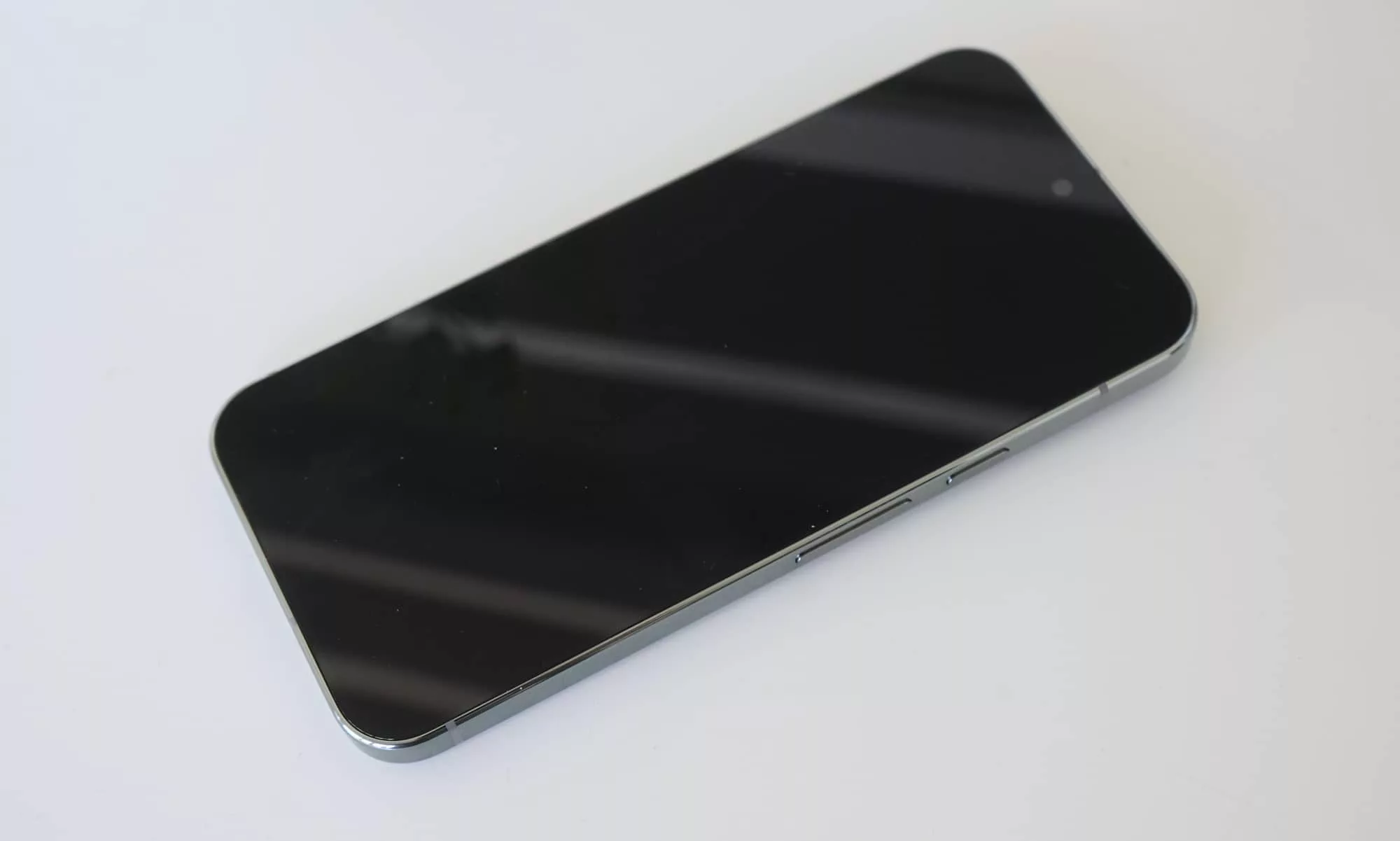
A new phone, a new design. That’s how the saying goes, right? We’re not sure that’s a thing, but we’re making it one, because in the Pixel 9 Pro, there’s definitely a new phone… and maybe a new design.
Contrary to our new saying, phone manufacturers don’t typically change the design every year. They may apply tweaks here and there, but the shape and aesthetics often carry similarities, as the models evolve over time.
In the Pixel 9 Pro XL, Google has moved on from the curved edges of the previous models and switched to something a touch more hardy: flat edges, not unlike what Samsung has been making in the Galaxy S range, and obviously Apple before it. Apple has been offering flat edge phones since the iPhone 12 popped up a few years ago, and it also offered flat edges in the iPhone 4 and 5 models well before that.
So in the Pixel 9 range, Google is treading familiar ground by offering a flat edged phone with some premium touches.
There’s a polished metal frame, scratch-resistant glass on the front and back, and a feeling of durability, something Google says has been tested as being twice as durable as the previous models. We don’t want to intentionally drop it, but that’s handy.
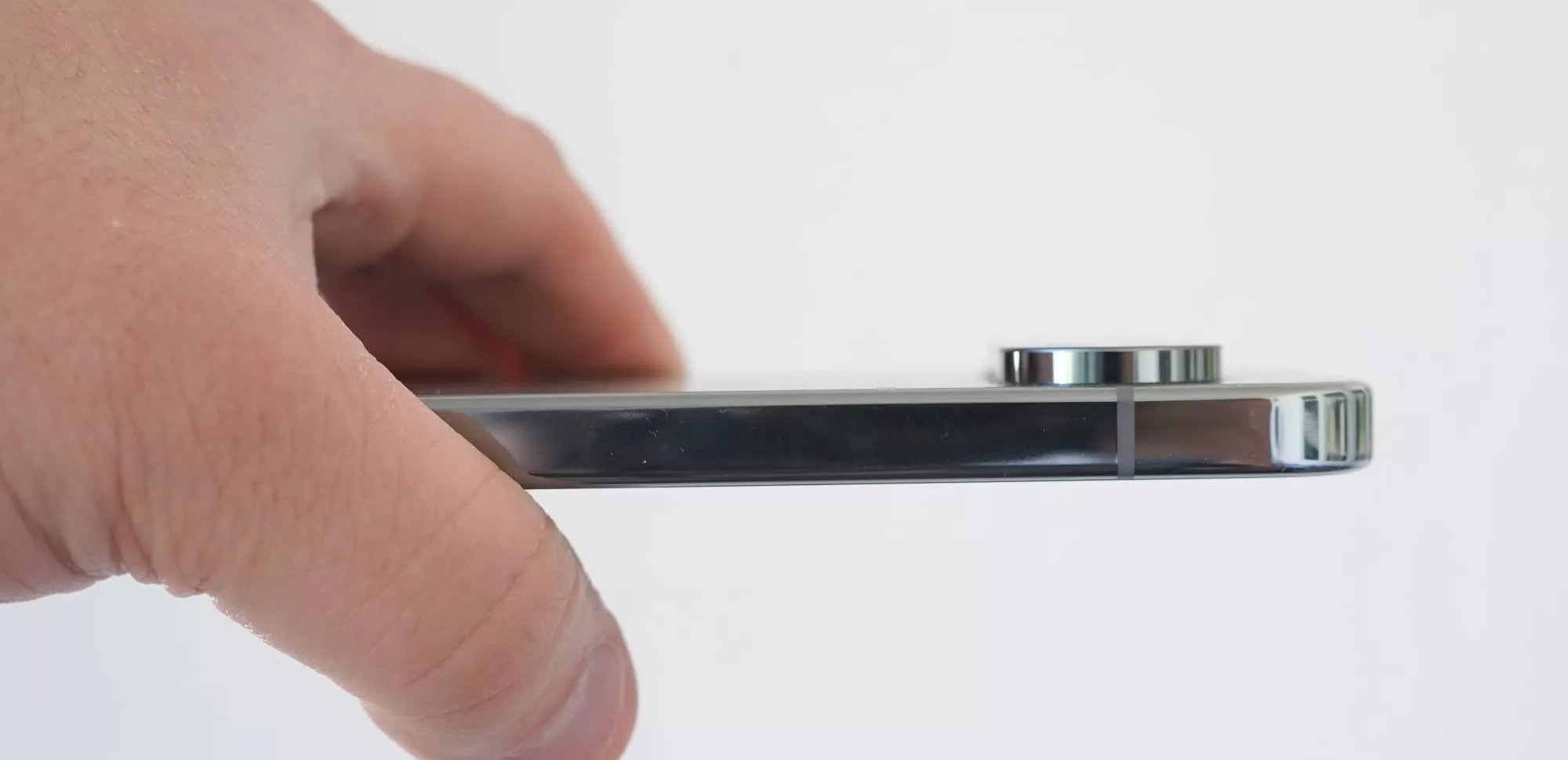
That frame measures 8.5mm, so it’s not the thinnest phone in the world, but it’s also only 0.25mm thicker than the comparable iPhone, the 15 Pro Max. That’s nothing, with the 221g weight being identical. Literally no difference there.
The biggest change isn’t in the frame, but rather the back where the camera sits. Instead of a shelf of sorts, you now get a sort of extruded capsule that adds a little more thickness to the camera block, but not to the overall design. It’s a nice touch with a couple extra millimeters, though you won’t likely notice them.
The result isn’t a big deal, and it certainly doesn’t affect the phone lying down: it’s totally stable lying at a slight incline, which is more than we can say for the Asus Zenfone 11 Ultra this year.
If you squabble over the world’s thinnest phone, it might be a concern, though frankly it’s a minor issue in the grand scheme of things, and there’s a great reason why: Google is including a reasonable amount of technology behind it.

Features
Inside, you’ll find Google’s latest processor, the Tensor G4, a chip that’ll be paired with 16GB RAM in this phone and a fixed amount of storage: either 128GB, 256GB, 512GB, or 1TB. We’re reviewing the 256GB model.
You’ll find one physical USB-C port at the bottom of the phone with a nanoSIM tray alongside, though the Pixel 9 Pro XL also supports an extra eSIM at the same time, making it dual SIM even if one is physical. The mobile connection uses 5G with backwards compatibility for 4G, and it’ll use sub-6 in this phone now that mmWave has disappeared from the Pixel range in Australia.
Millimeter wave technology has actually been a part of the Pixel range since the Pixel 6 Pro, but it’s missing in action a few generations later because Google says the local market doesn’t need it. Australians have access to a mmWave network with Telstra and Vodafone, but now it seems you won’t be able to find a new mmWave phone locally.
Outside of 5G, however, wireless connections are also supported over Bluetooth 5.3, 802.11a/b/g/n/ac/ax/be WiFi 7, Near-Field Communication (NFC) for Google Pay, GPS, and Ultra Wideband.

There are also stereo speakers, three mics, and then the cameras, which on the Pixel 9 Pro XL offers a 50 megapixel F1.68 wide camera, a 48 megapixel ultra-wide F1.7 with macro, and a 48 megapixel F2.8 5X telephoto, with some AI processing and zooming in there for good measure.
In fact, you can expect AI pretty much everywhere in this phone. AI features with Google Gemini. AI features for wallpaper creation. AI feature for image editing, and so on, including editing those captured on the back or even the front, which relies on a 42 megapixel F2.2 autofocus front camera. All pretty high-end, it seems.
Meanwhile, the temperature sensor from the Pixel 8 Pro also makes a return appearance on this camera bump, allowing you to inspect the temperature of nearly anything.
The front and back of the phone are covered in Corning’s scratch-resistant Gorilla Glass Victus 2, with the frame encased in a polished metal frame supporting IP68 dust and water resistance. The battery underneath this is rated for 5060mAh and supports wired fast charging at 45W, while wireless charging uses the Qi standard.
And then there’s the screen.
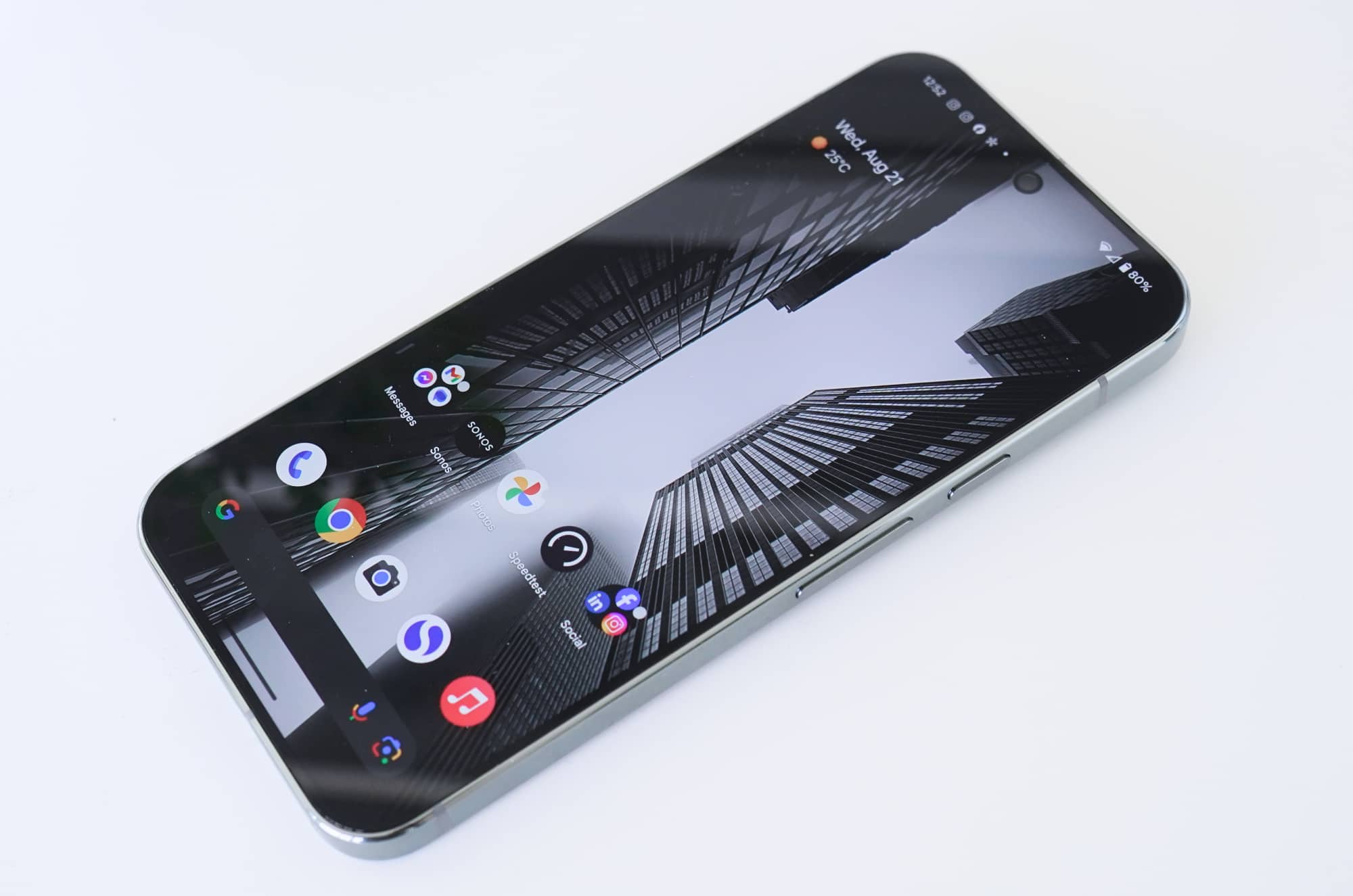
| Model | Google Pixel 9 Pro XL |
| Chip | Google Tensor G4 |
| RAM/Storage | 16GB RAM; 128GB – 1TB |
| OS | Android 14 |
| Cameras | 50mp F1.68 wide, 48mp F1.7 ultra-wide, 48mp F2.8 5X telephoto |
| Connections | 5G (sub-6), WiFi 7, Bluetooth 5.3, GPS, NFC, USB-C |
| Size/Weight | 8.5mm, 221g |
| Price | Starting from $1849 AUD |
Display
The display on the Pixel 9 Pro XL supports a greater resolution than Full HD, running at 1344×2992 in a 6.8 inch size on an LTPO OLED display.
All of that will come across as jargon, so Google just sums it up and calls it an “Actua” display, which is another way of saying bright, low-temperature OLED screen.
Bright is certainly what it is, and clear, delivering HDR and plenty of colours, while also supporting a super slick smooth refresh rate range of 1 to 120Hz. That’s great for silky smooth animations as you scroll and generally use the phone.

In-use
Grab the phone and power it on with the power button on the side, and you’ll find the Pixel 9 Pro XL whirs into action quickly without fail.
The inclusion of facial security and an in-screen fingerprint sensor means you can log in without drama, while the phone offers speedy use overall.
The volume rocker and the power button on the right side are easy to grip, and while you won’t find an extra action button like on the iPhone Pro models, using Android is about as consistent as ever: gestures and lots of gestures. Swipe up, swipe left, swipe swipe swipe it all. You’ll get the hang of it, because gestures are where we are.
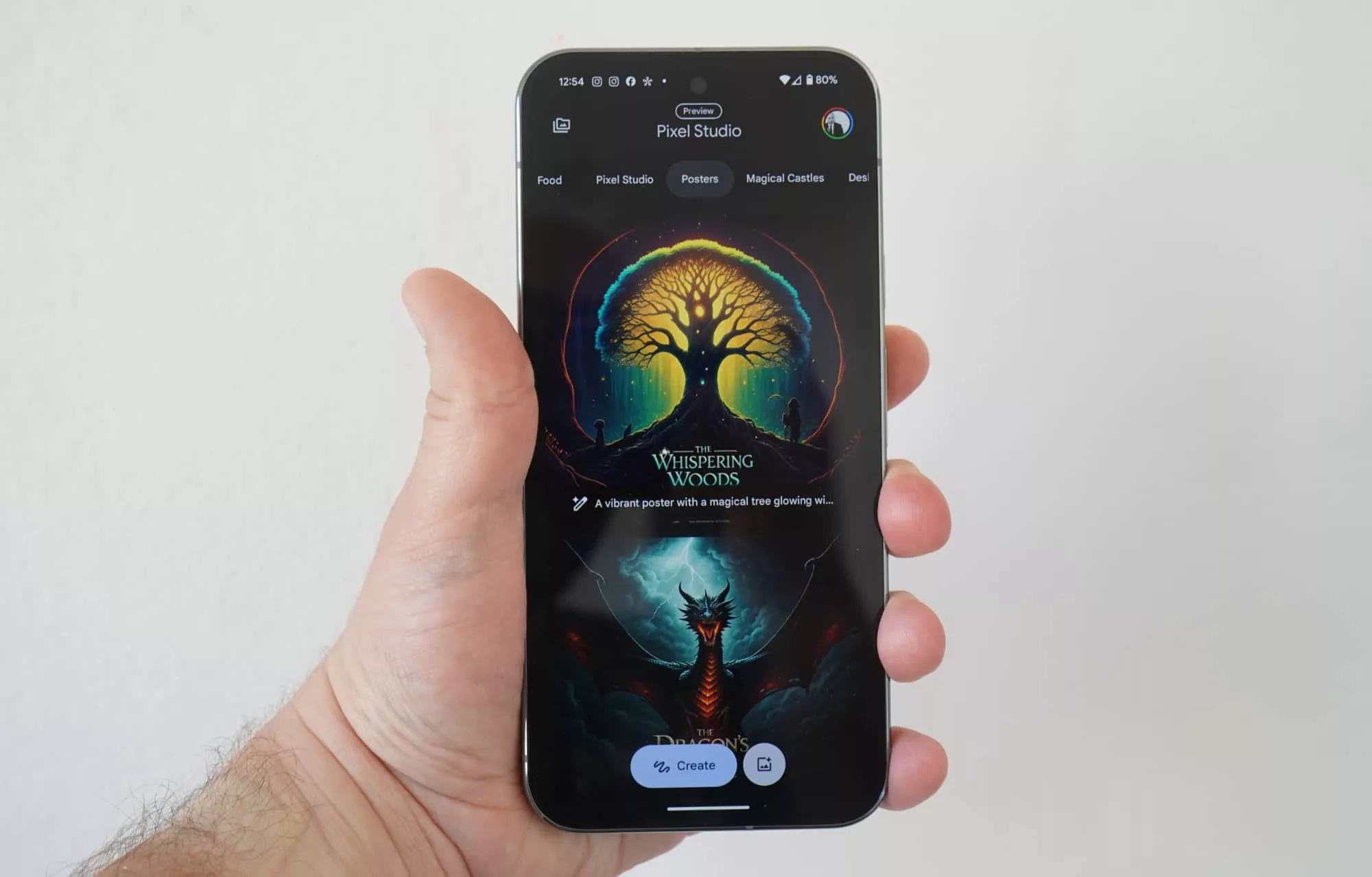
Interestingly, the Pixel 9 Pro XL (and the rest of the Pixel 9 range) launches with last year’s version of Android, version 14, which may be a bit of a first for Google.
Ever since the Pixel first launched in 2016, a Pixel has launched with a new version of Android. But not this time. Android 15 wasn’t ready yet, so instead, Android 15 will be one of the seven years of OS updates, it seems, are fact we’re not sure we understand the end point of.
Will the Pixel 9 Pro XL (and other Pixel 9 models) stop getting their updates at Android 21 or 22? Or will we see slower Android releases and it just means seven years of updates regardless of Android version numbers? We’re not sure.
At least you get seven years of updates. That is better than the two to five flagships have previously offered, and better than the one or two most phones max out at, if they ever get one in the first place.
AI features
The other thing you’ll get is AI, because just like every other flagship phone this year, AI plays a part. It’s the buzzword that just won’t quit. Samsung included it with its phones this year, and Asus had some AI, too. So of course, Google gets it on the Pixel range, as well.
In fact, Google has been providing AI in its phones for quite some time. AI voice recorder translation, AI image editing, and so on. This year, AI just gets a bigger push because 2024 is the year of AI in more places.
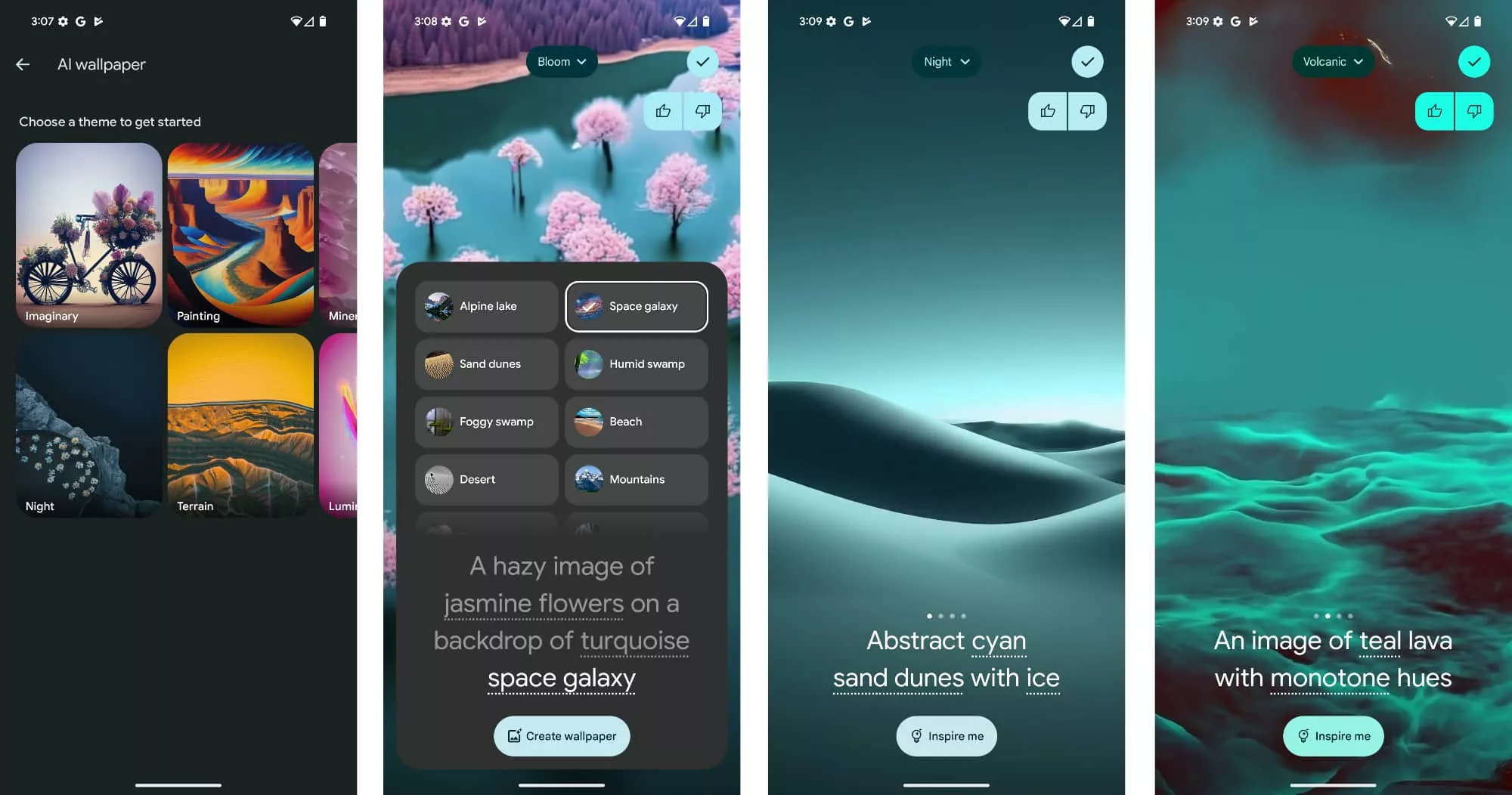
That means making more images using AI, with a built-in AI image system to make some AI wallpaper. In just a few words, you can make that phone look different from anyone else’s, with some neat approaches that act as a bit of an intro to making art from scratch.
There’s another built-in AI image generator called “Pixel Studio” rather like your very own compact Midjourney image maker, albeit with human limitations. Type in your prompt, pick the style, and get out some AI art worthy of being shared.
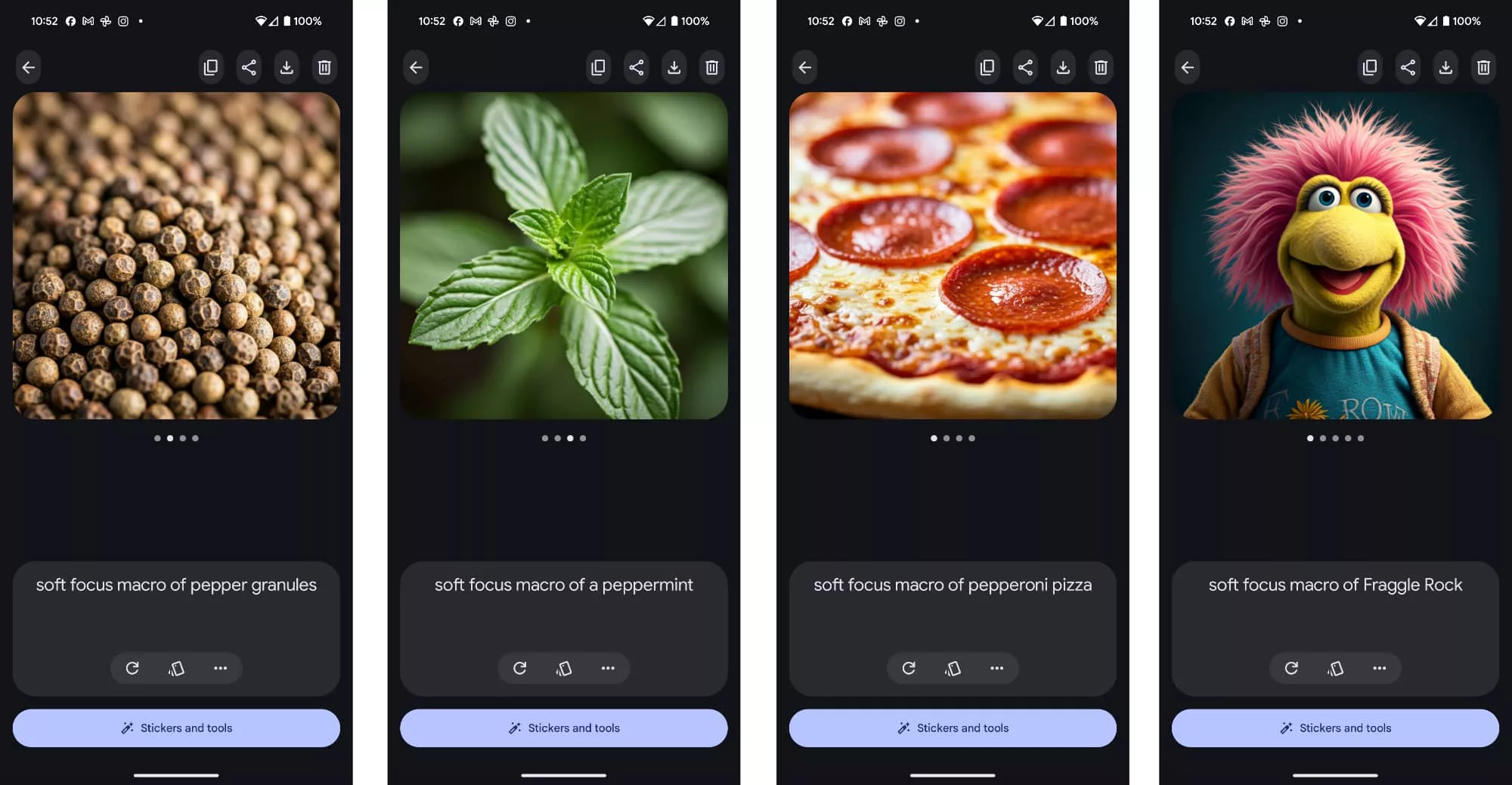
There are also ways to edit your image to have generative AI inside of them — we turned the Golden Retriever puppy Daisy into a dolphin or seal using the AI editor. Or you can magically turn a photo of an empty plate into a plate of pasta or pancakes.
You can also add yourself to an image you’re capturing, provided there’s some tone there to hold the camera after you take it. Pixel’s “Add Me” camera mode allows you to line up a photo and insert yourself in, provided someone else (or something like a tripod) can hold the camera as you insert yourself, all with the power of AI.
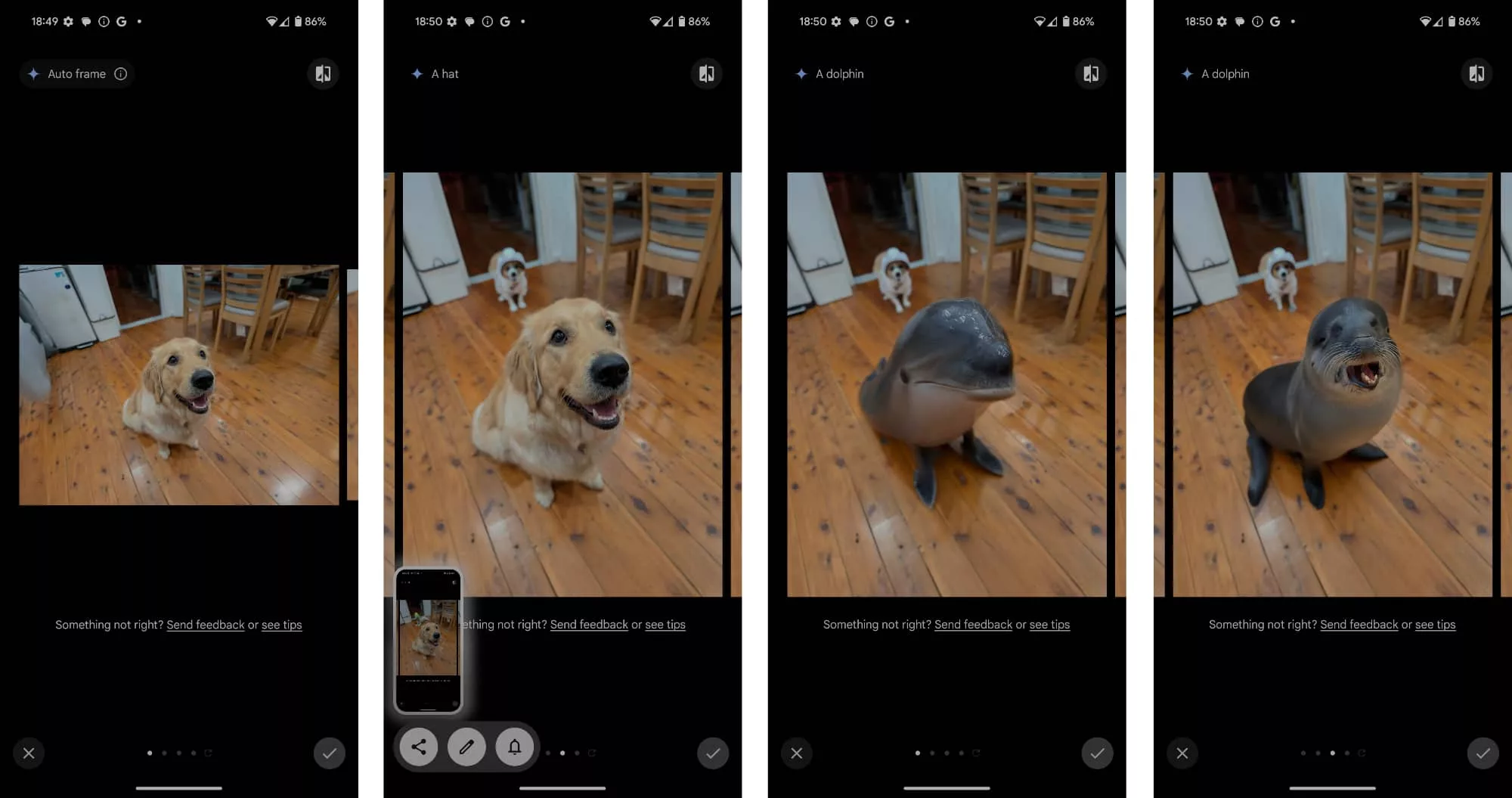
And there’s also the whole thing that is Google Gemini, as AI stretches across the entirety of the phone. You can talk to Google’s Gemini Live rather like you can OpenAI’s ChatGPT, and the artificial intelligence system in this phone really aims to stretch across everything you do. It’s a technology called “multi-modal AI”, which basically means it can take in text, image, and spoken word, interpreting and processing it.
As to whether you’ll use all of these features, that becomes a question for how you use your phone, and the sort of long term features you see yourself using.
However, one Pixel AI feature surprised us in its use, because we found ourselves gravitating to it more often than expected: Screenshots. Don’t let the name fool you, this isn’t just a screenshots app, because that’s baked into Android itself.
Rather, the Pixel’s “Screenshots” app looks at your screenshots and understands what was taken in that screenshot, turning it into text and technically providing a summary, which can then be fed into Google’s other AI systems learning about you.

For instance, if you screenshot a song you’ve heard on the Sonos (when it works) and you want to add it later, you take a screenshot.
We do this all the time, and yet do nothing with those screenshots. But with the Pixel Screenshots AI app, we suddenly have more information in text. It’s the same sort of deal with recipes and web snaps of content and so on and so on.
Summaries of what the screenshots are. It’s more surprisingly more helpful than you expect, and possibly one of the better interpretations of an AI phone feature yet.
Performance
You’ll also find decent performance inside the phone, hardly surprising given there’s a new chip under the hood, the Google Tensor G4.
We’re not quite sure where this phone is placed against this year’s phones, though, because just like we found in other Pixel phones before release, our benchmark tool of choice Geekbench wasn’t available at the time of reviewing.
Overall performance seems fine, though; the generous 16GB RAM definitely provides more than enough room for running apps, while the whole performance feels a lot like the Pixel 8 Pro, which is to say it’s great. The phone never felt slow, that’s for sure.
It remains to be seen whether there’s the same amount of grunt as with the Snapdragon 8 Gen 3 phones this year, but most phone owners should be fine with the performance of running apps and games, and that’s the same with mobile performance.

Testing the Pixel 9 Pro XL in Sydney, Australia using the Telstra 5G Wholesale Network, we found speeds hitting a maximum of 429Mbps as we used it.
As usual, your mileage may vary; mobile speeds change based on where you are, demand, the telco you’re using, and so on. But the performance on offer in this phone is pretty solid overall. As you’d expect it to be.
Camera

You’d also expect the camera to be good, because every Pixel generation has excelled in this category. That’s been a bit of a point for the range, and the Pixel 9 Pro XL is no different.
It includes a solid 50 megapixel wide camera and a more than capable set of 48 megapixel ultra-wide and 5X telephoto cameras, which lets you capture both really far back and relatively close, as well.
Shots in daylight are typically crisp and sharp, complete with lovely colour renditions, while low-light shots also fare well. We’re not sure the camera is lightyears better than what we saw last year, but it is easily one of the best in the business. People, food, animals, and landscapes, the 9 Pro XL camera delivers.




Macros are an interesting win, as well. You can get quite close to a subject, and while it’s very easy to lose focus, we found a combination of the excellent macro lens and Google’s image processing helps to sharpen up those details quick smart.
There’s a little more softness to some of the details than expected, and the shallow depth of field mightn’t always be as focused as you expect, but you can get some little details looking a little lovely.

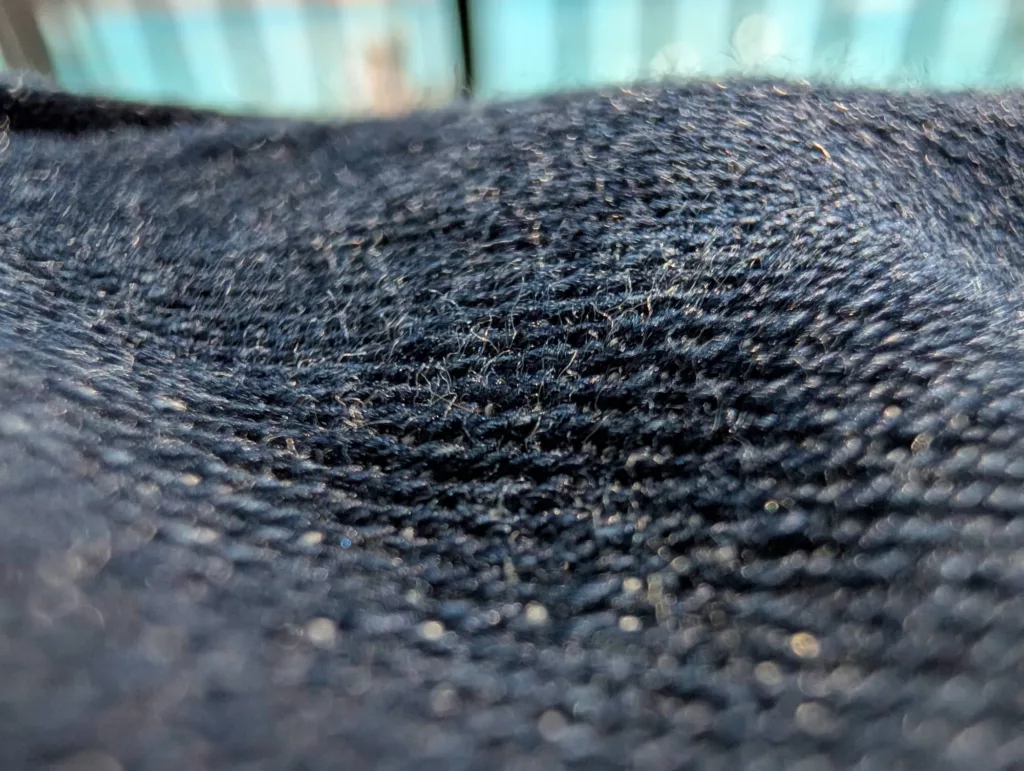


Interestingly, the AI features don’t always extend to the camera.
There’s some AI editing, of course, and even some super zoom upscaling which can make imagery that bit sharper, but you can’t snap a picture of the Moon and have AI trickery take over like you can with the Samsung Galaxy S phones. We tried that during August’s super blue moon, and the result was more pixel than the namesake should suggest.
Fortunately, there’s also a pro mode in this model, allowing you to tweak brightness, shadow, shutter speed, focus, white balance, and even ISO. It’s that little bit of extra control, which is part of what the “Pro” model gets you. That and 8K video capture if you want to use it.
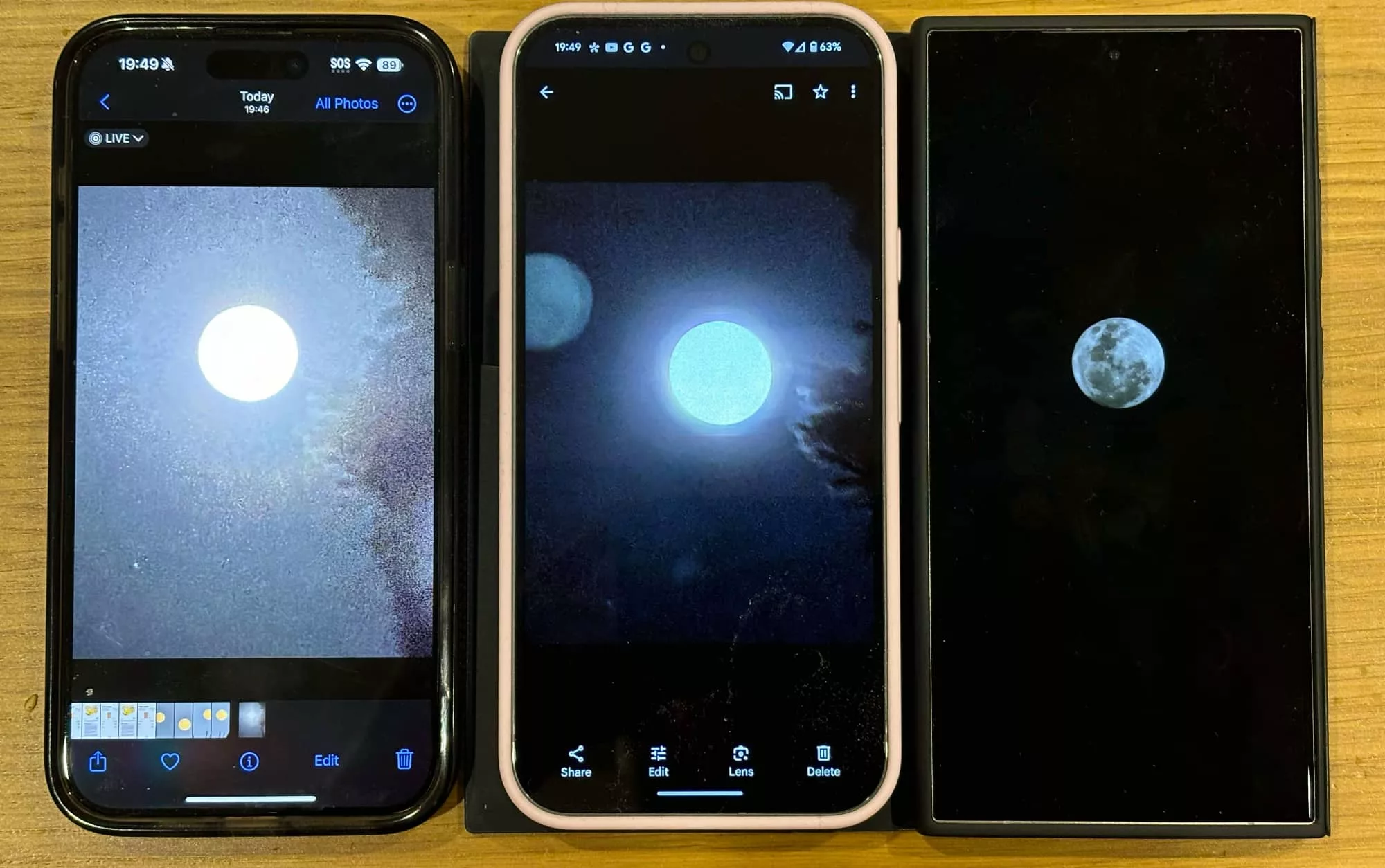
Battery
Improvements can be found across the board, with the battery also delivering a good day and a half of life from regular use, or closer to 5-ish hours of screen time, whichever comes first.
Testing the Pixel 9 Pro XL over several days, we found rigorous use would need the phone charged nightly, much like it would for any phone. However, if you’re someone who leans on the screen for three hours a day, you’ll be able to reach into the second day without any drama.
Google promises a little more is possible with its “extreme” battery saver mode, which can pull up to 100 hours, provided you don’t mind switching a few features off.

Value
The price is where things can feel a little tight, largely because the Pixel 9 Pro XL is not cheap. Not by a long shot. It’s not overpriced per se, but it can still feel hefty, hitting close to $2K.
Priced from $1849 for a 128GB handset with the 256GB 9 Pro XL fetching $1999, Google is undercutting Apple with a less expensive big “Pro” phone, albeit one that still feels expensive. The 256GB iPhone 15 Pro Max is undoubtedly more expensive at $2199 — it’s $200 more — but it is also arrives with a slightly more premium titanium frame and sapphire lens covers. It’s just that little bit better in the level of materials even if the weight is the same.
The biggest price difference might actually be what you get between the $1349 Pixel 9 and the $1849 Pixel 9 Pro XL: a bigger screen, an extra camera (the 5X telephoto), a pro-mode for the camera, a higher megapixel selfie camera (10.5 on the Pixel 9), and a temperature sensor you probably won’t use. The camera on the Pixel 9 standard lacks 8K video and won’t do low-light “Night Sight” video or a super zoom video, but that is roughly it. It’s a less pro-camera model.
It’s the same price difference technically between the $1649 iPhone 15 Plus and the $2199 iPhone 15 Pro Max, but while the differences are similar, you also get a better chip in the 15 Pro Max and a totally different one, at that.
If you don’t use the zoom camera or the temperature sensor, and you really only ever expect to get 24 hours of battery life, the Pixel 9 Pro XL’s biggest competitor comes from within: the Pixel 9 may be the better option, and there aren’t a heap of changes by comparison. That makes the value less worth it for the more high-end model just because of how similar they are.
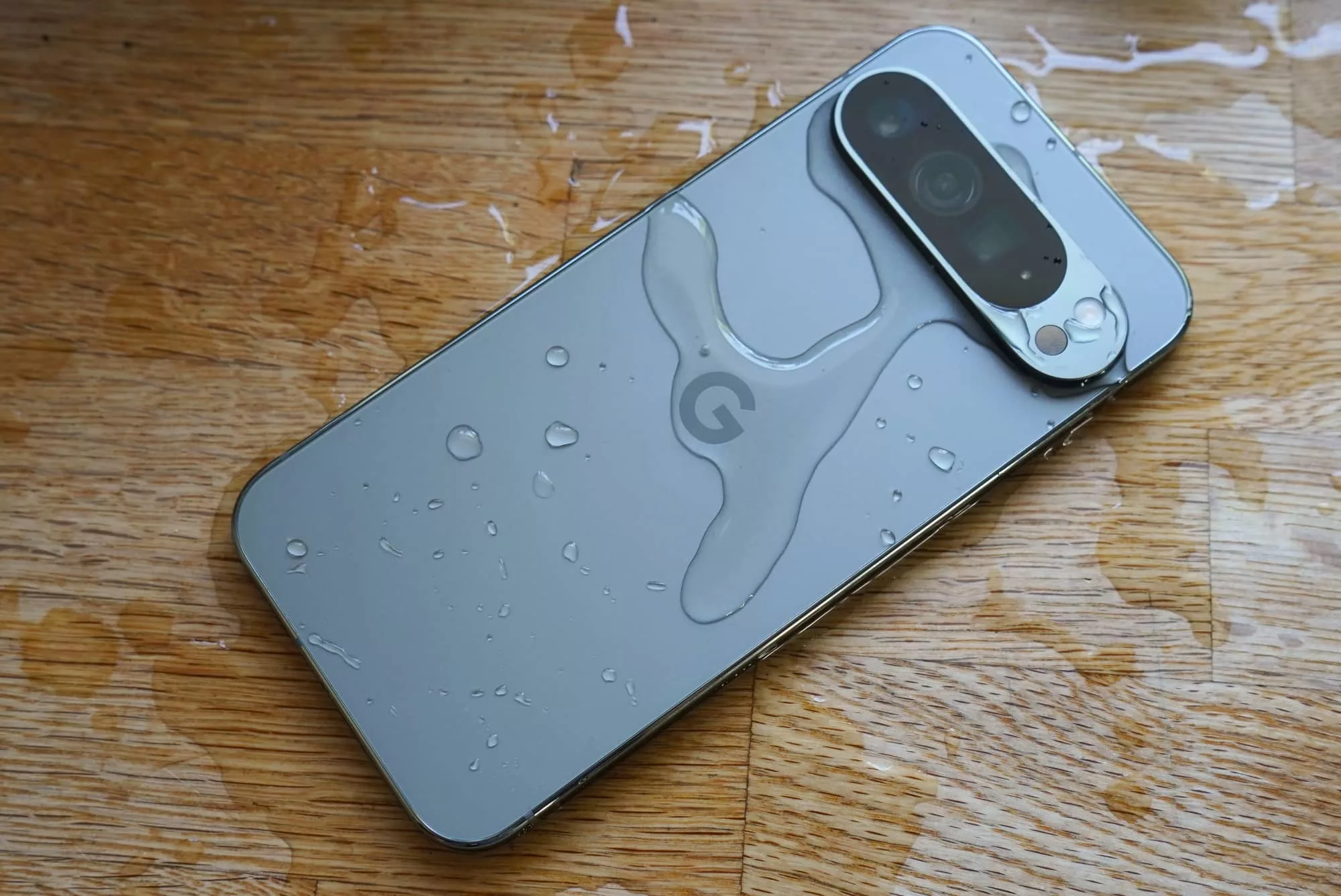
What needs work?
In terms of what needs work, the good news is “not a lot”, beyond that price.
Google has crafted a lovely phone that’s very easy to fall for. The design is polished and solid, the camera is typically exceptional from Google, and the overall experience is great. Google has even found actual uses for AI in a phone that aren’t entirely gimmicky. They’re fairly gimmicky, sure, but not entirely.
Frustratingly, you may have to pay to get the most out of these, because aspects require a subscription. Right now, the AI image stuff does not, but the Google Gemini Live stuff does, as the does the advanced Gemini platform. Google isn’t alone in expecting users to pay for AI features — Samsung Galaxy AI will cost money after 2025 — but needing to shell out for this can still hurt a bit, given how big AI is this year.
It would also have been nice to see some pro-grade video here, such as with Apple’s inclusion of ProRes for its video modes. You do get 8K video capture here, so that’s something, but it would be nice to see Google roll out support for a more professional and RAW video for Android. The Pixel Pro is really where this sort of thing should be, and yet you’ll very much need to BYO an app that lets you do it.
One thing we’re definitely surprised about is the absence of Qi2, which hasn’t made an appearance in the last major Android release of the year.
Qi2 charging was supposed to come to this year’s phones, and despite it offering slightly faster and more stable wireless charging, as well as potential support for MagSafe accessories, Google hasn’t included it in the design. We’re a little miffed, and we bet we’re not the only ones.
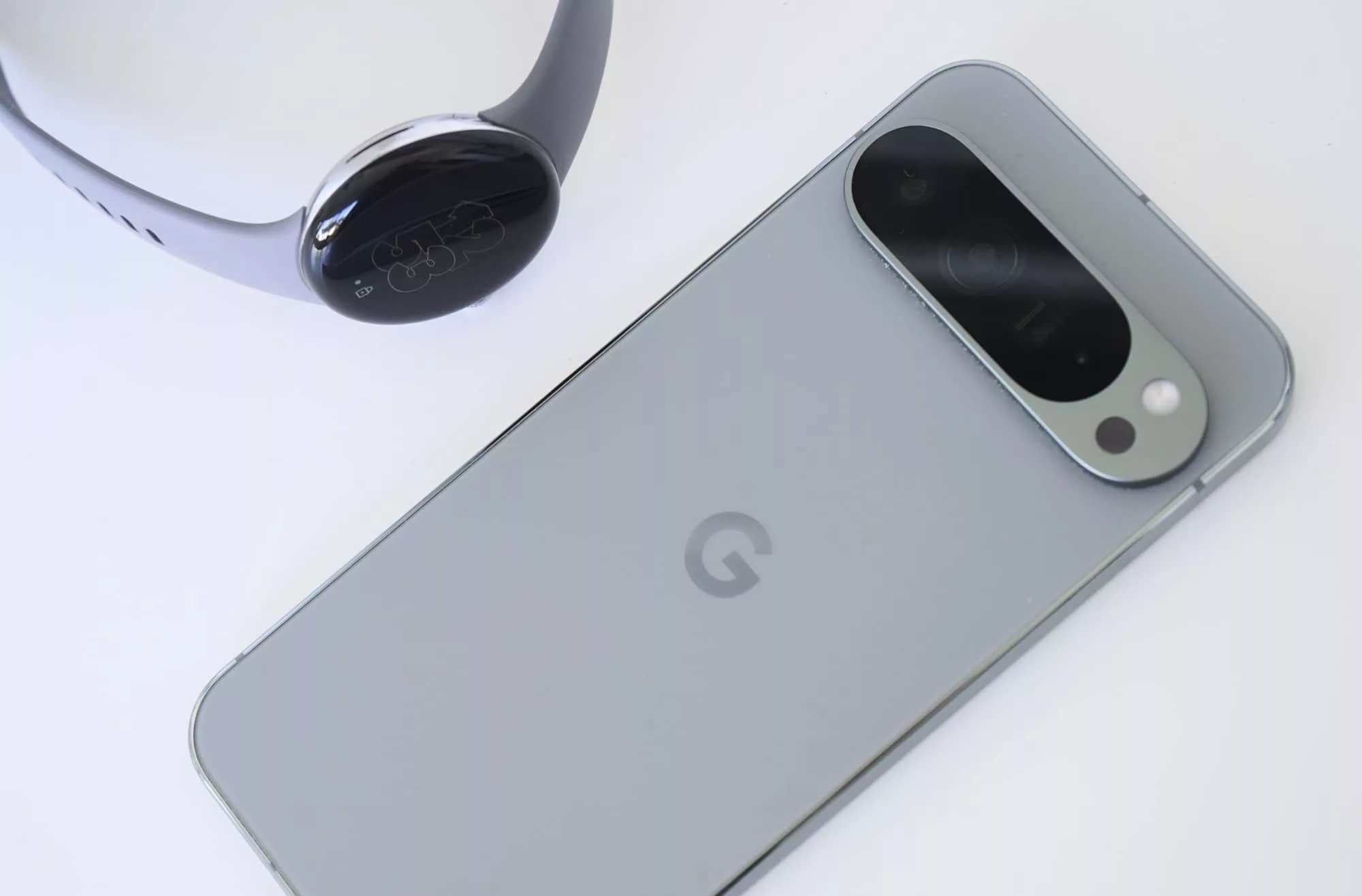
What we love
What we love about the Pixel 9 Pro XL, however, is just how solid a package it is overall.
It’s pretty obvious that Google’s latest is Google’s best, but there’s more to it than that. It really brings everything together quite beautifully.
The screen is great. The design is lovely. The camera is excellent. Even the AI features can feel cohesive. It’ll take some time before we’re using them consistently, but it really does gel.
Technically, the Pixel 9 Pro XL is a premium phone provided you’re happy to pay for it. It’s the whole package for a high price, so make sure you use every feature you get. About the only thing you don’t get is a stylus, and if you want one of those, Samsung has a phone to consider in the Galaxy S24 Ultra, or there’s the option of a tablet, too.
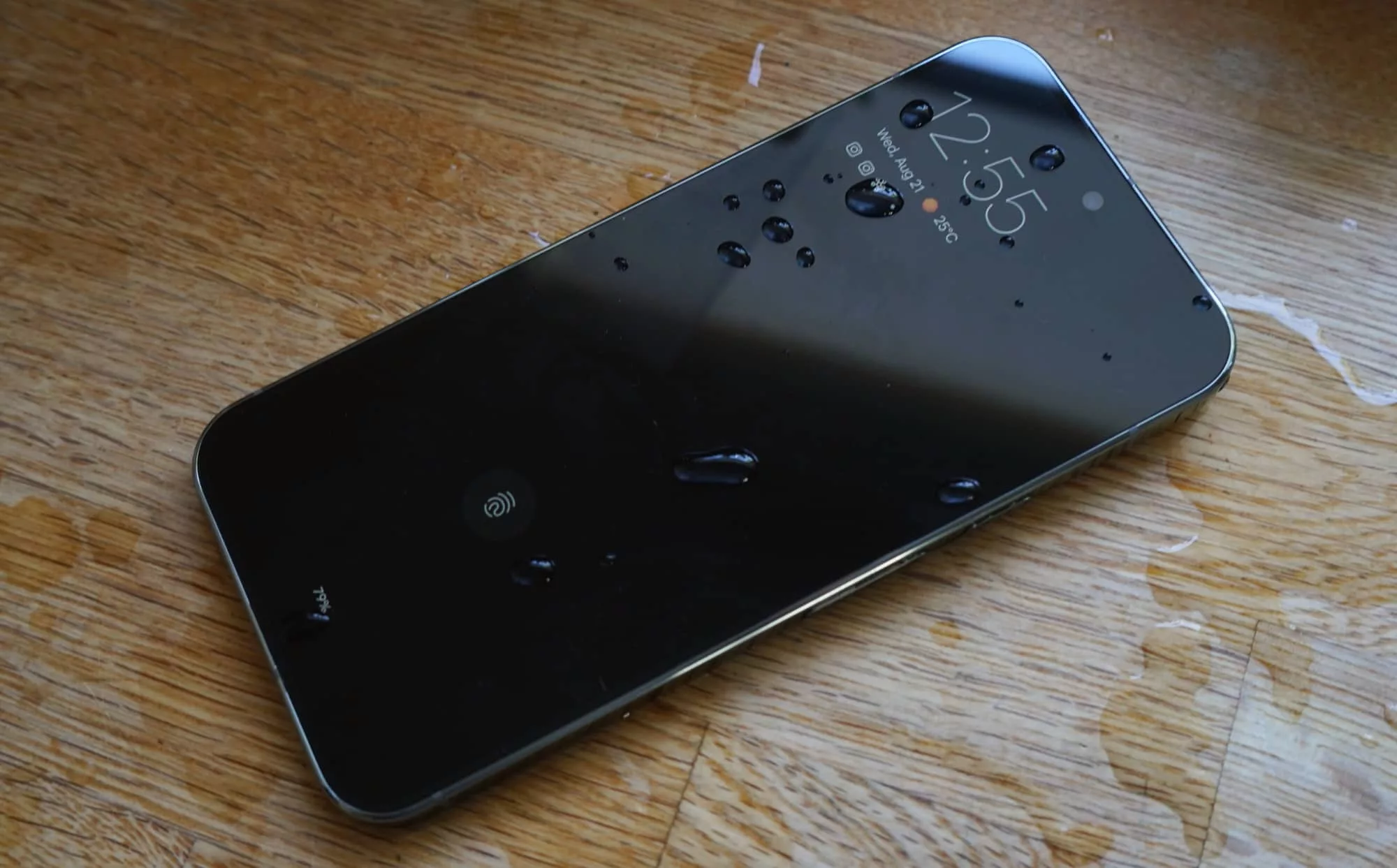
Final thoughts (TLDR)
Now for the difficult realisation: if you’re upgrading from the Pixel 8 Pro, there is virtually zero reason for you to make that jump. None at all. You still have a great phone, unless it’s smashed to all smithereens (and please buy a case next time).
Older Pixel phones might make more sense, however; there’s a great phone with great cameras here, making for an ideal upgrade path. In fact, anyone looking for an Android with minimal compromises will find a phone to love here.
The Pixel 9 Pro XL is easily one of the best phones this year hands-down. Pricey, sure, but easy to recommend.




